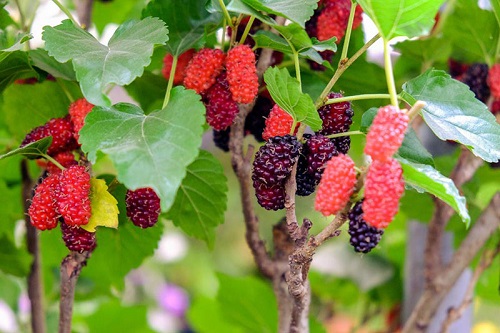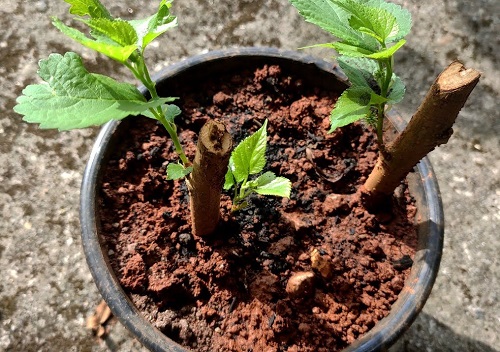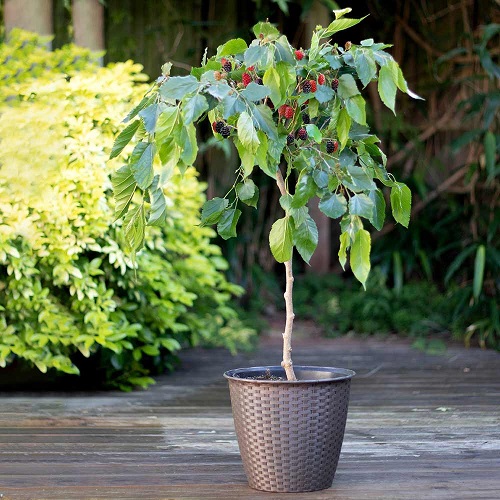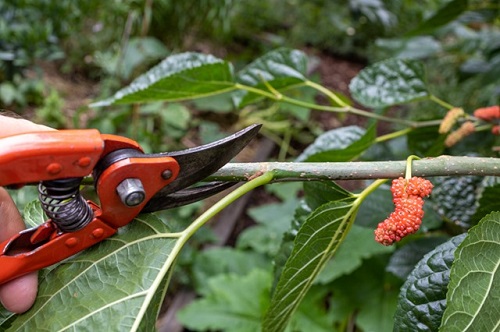HOW TO GROW MULBERRY PLANT | GROWING SHAHTOOT TREES
Shahtoot is really a rare sight these days and if you want to enjoy its tasty berries, then here’s all you need to know about How to Grow Mulberry Plant in your garden!
Mulberry is a deciduous large shrub, famous for its sweet and juicy berries that also attract birds and bees around. If you like them too and want to have your own harvest, then here’s all you need to know about How to Grow Mulberry Plant!
How to Grow Mulberry Tree?
You can either grow a mulberry tree from cuttings or get a well-grown plant from a nursery.
- Snip off 8-10 inches long cutting from the established plant.
- Make sure the cutting has at least 3-4 buds on it.
- Take off the lower leaves and plant the cutting in a well-draining growing medium.
- Water well and locate it where it gets bright, indirect light.
- Once the cutting starts to grow a new set of leaves and gets established, transplant it into the garden.
Growing Requirement of Mulberry Tree
Sunlight
Mulberry does well in the 3-4 hours of full sunlight. If you want the best berries, do make sure that the tree gets a lot of direct sun once it establishes.
Watering
The plant needs consistently moist soil to grow well. Water the mulberry plant whenever the topsoil feels dry to touch. Once the tree gets established, you don’t have to look after watering. It will take care of itself.
Climate
The tropical climate of India serves the optimum condition for its growth and won’t mind staying in the full sun all day long once it attains good growth.
Soil
The plant grows best in well-draining, porous, and fertile soil with pH 6-7. However, you can grow it directly in the garden soil and it will thrive really well.
Taking Care of Mulberry Tree
Fertilizer
Feed the plant with a balanced fertilizer once in 5-8 weeks during the growing phase. Once it establishes, you don’t have to feed the plant at all.
Pruning
Prune the plant to maintain its size right after the fruiting season. Also, snip away dead, damaged, and diseased branches occasionally.
Pests and Diseases
The plant can be susceptible to whiteflies, mealy bugs, spider mites, and scales when it is young. They can be easily knocked off using a strong jet of water. Once it matures, it will protect itself from potential pests and diseases.
Harvesting Mulberries
Mulberries usually start dropping from the shrub when ripe. Place a sheet under the tree and shake the limbs. The ripe berries will drop on their own. You can use them for making pies and juice or simply relish them!




Comments
Post a Comment